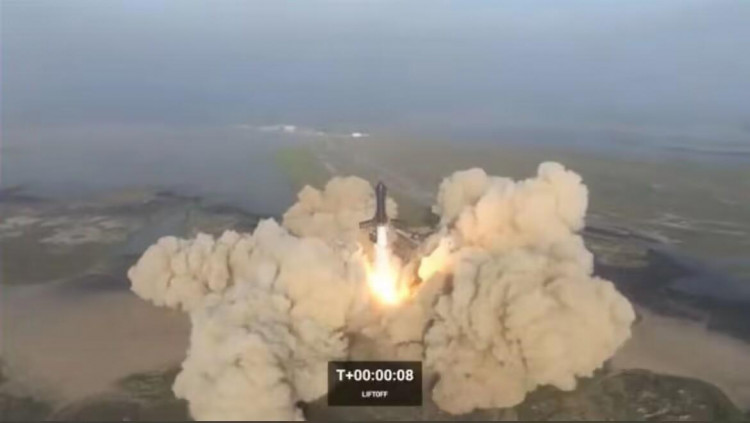SpaceX, Elon Musk's space exploration company, experienced a setback on Thursday when its monumental Starship rocket exploded mid-air during its first integrated flight test. The 500-foot-tall rocket is designed to transport astronauts to the moon by 2025 and is part of SpaceX's long-term vision to establish human settlements on Mars.
The Starship's launch took place at Boca Chica, Texas, where it lifted off from the launch pad just minutes after the launch window opened at 8:28 a.m. local time (9:28 a.m. ET). While the rocket did not achieve orbit, its ascent into the atmosphere, reaching dozens of miles in altitude, was met with applause at the control center. Importantly, no crew members were on board the rocket during the ill-fated test flight.
The highly anticipated launch of Musk's ambitious project had previously been delayed on Monday due to a frozen valve in the massive rocket. The Starship's eventual ascent into space will mark a significant milestone in SpaceX's efforts to return humans to the moon and ultimately send them to Mars.
Despite the mid-air explosion, SpaceX's aspirations to advance space exploration and colonization remain undeterred. The company will likely use the data and experience gathered from this test flight to refine the Starship's design and improve its safety and performance in future missions.






